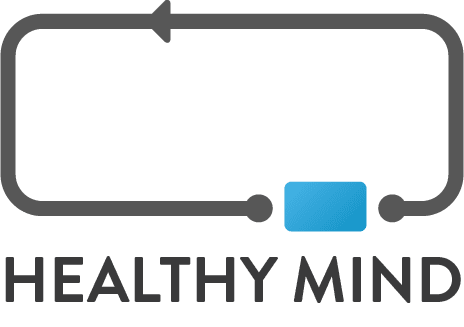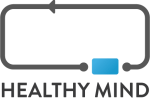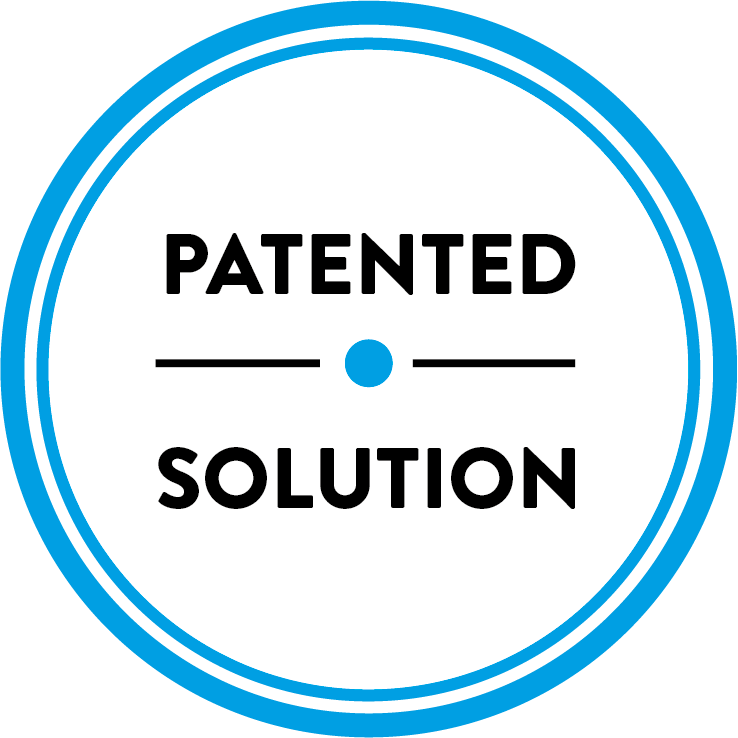The year 2025 has just begun, and already major technological innovations are emerging in the medical field to address tomorrow’s challenges. The digital health sector has no shortage of ideas to enhance patient care, personalise treatments, and push the boundaries of traditional medicine. What are the major e-health trends for 2025? Between artificial intelligence, genomics, virtual reality, and neurofeedback, there are plenty of surprises in store!
1. E-health technologies serving predictive medicine
The rise of artificial intelligence (AI) in healthcare
You couldn’t miss it, and it will likely remain a hot topic in the coming months. Artificial intelligence is fueling discussions everywhere, and for good reason—this e-health innovation is profoundly transforming the sector’s practices.
Thanks to deep learning algorithms, AI identifies complex patterns that enable early disease detection and risk anticipation. In radiology, for instance, Milvue’s algorithm offers a comprehensive diagnostic and triage solution for musculoskeletal and pulmonary conditions.
According to the National Consultative Ethics Committee for Life and Health Sciences, AI-driven image detection accuracy reaches approximately 95%. This impressive score positions AI as a genuine partner in decision-making and therapeutic strategies.
The widespread development of artificial intelligence in e-health is reflected in its presence in half of the projects funded as part of France 2030. Among the many promising initiatives, we can highlight:
- Owkin, a platform specialising in research and development of new cancer treatments;
- OphtAI, a platform that assists ophthalmology professionals in the early detection of retinal diseases.
Another innovative technology was unveiled at CES (Consumer Electronics Show) 2025: a spider silk bandage capable of analysing wounds in real time. CureSilk facilitates wound monitoring and treatment for healthcare professionals and patients.
All these groundbreaking inventions highlight AI’s predictive approach, contributing to the rise of proactive medicine.
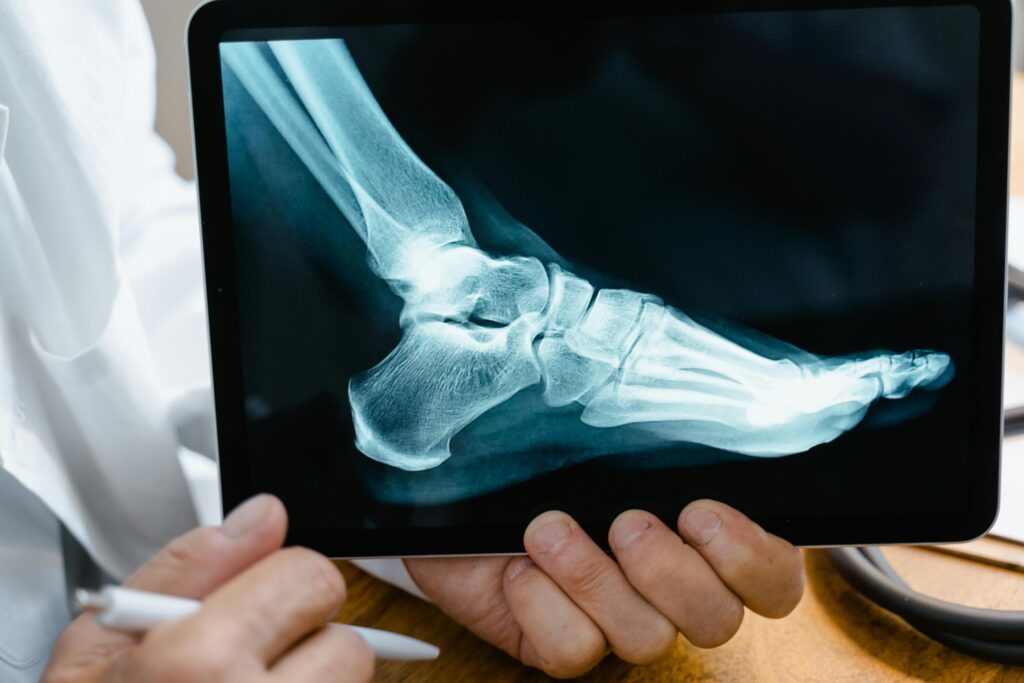
Genomics and personalised medicine
Medicine is now realising the limitations of prescribing identical treatment for the same disease. A press release from the National Center for Human Genome Research highlights that response rates to traditional treatments vary from 20% to 80%, with individual genetic differences partially responsible for these disparities.
To improve disease treatment, identifying their causes seems necessary. By discovering the genes responsible for their onset, diagnoses and prognoses become more reliable. Genomics offers hope for many patients to move beyond diagnostic uncertainty and receive targeted treatments based on their genetic heritage.
In this vein, ALCEDIAG, one of the France 2030 laureates, skillfully combines epigenetics and artificial intelligence with its EDIT-B blood test. The results assists in differentiating between depression and bipolar disorder in adults.
Another initiative, Ziwig, awarded in the i-Nov innovation competition, establishes a biological diagnosis of endometriosis by combining AI with RNA expression analysis through a simple saliva sample.
As you can imagine, this level of medical personalisation is set to completely change the way we approach treatments in the future.
2. The digital transformation of healthcare pathways
Telemedicine and remote consultations
Since its legal framework was established in 2018, telehealth has continued to expand. While initially driven by the need to provide remote care during lockdowns, its current focus is on improving healthcare accessibility and remote monitoring, particularly for post-surgical follow-ups.
In 2025, teleconsultations go beyond video conferencing appointments; it will become more diverse and complex. Chatbots now rely on natural language processing algorithms to interpret patients’ written responses. For example, the Medadom consultation platform directs care based on symptom severity. This innovation enhances healthcare access in underserved areas and helps reduce emergency room overcrowding.
Furthermore, connected health devices, such as wearable sensors, transmit real-time medical data during remote consultations. The synchronisation of these two e-health trends significantly improves patient monitoring and optimises their care, particularly in the case of chronic diseases.
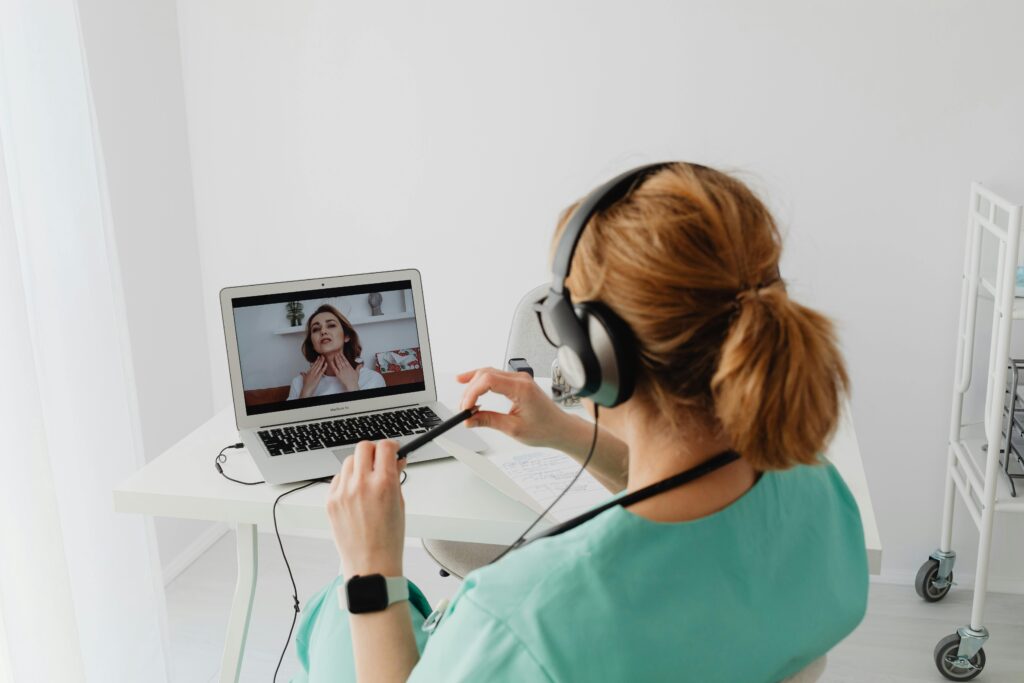
Electronic medical records and system interoperability
Interoperability of electronic medical records (EMRs) is a key focus of e-health trends in 2025. The goal of interconnected systems is to provide centralised and secure access to a patient’s health information, regardless of the healthcare facility.
Solutions like Galeon leverage AI to organise healthcare Big Data, facilitating seamless communication between healthcare providers, practitioners, and patients. Additionally, advancements in cybersecurity ensure better data protection, complying with regulations like GDPR.
By analysing an EMR, artificial intelligence can suggest optimised treatments based on the patient’s medical history, allergies, or potential drug interactions.
3. Empowering patients through connected devices
Wearables and mobile applications
Connected devices, such as wearables (smartwatches, bracelets) and mobile applications, continue their rise in 2025, supporting patients in their daily lives. These devices continuously analyse physiological parameters (heart rate, sleep, physical activity, etc.), encouraging preventive health behaviors.
The data collected offers two major advantages:
- encouraging individual health awareness;
- providing valuable insights to healthcare professionals for treatment adjustments or early anomaly detection.
MultiSense, by startup RDS, an i-Nov innovation competition winner, provides continuous cardiac and respiratory monitoring for patients in hospitals and at home. Similarly, Diabeloop ensures type 1 and 2 diabetes monitoring, helping anticipate potential complications.
Another notable project, Mon Bouclier Médicaments, a Digital Health initiative awardee, develops an application to help French citizens manage their medications by combining pharmacology and artificial intelligence.
By 2025, the integration of these technologies is expected to strengthen patient-doctor relationships and promote more autonomous and proactive health management.
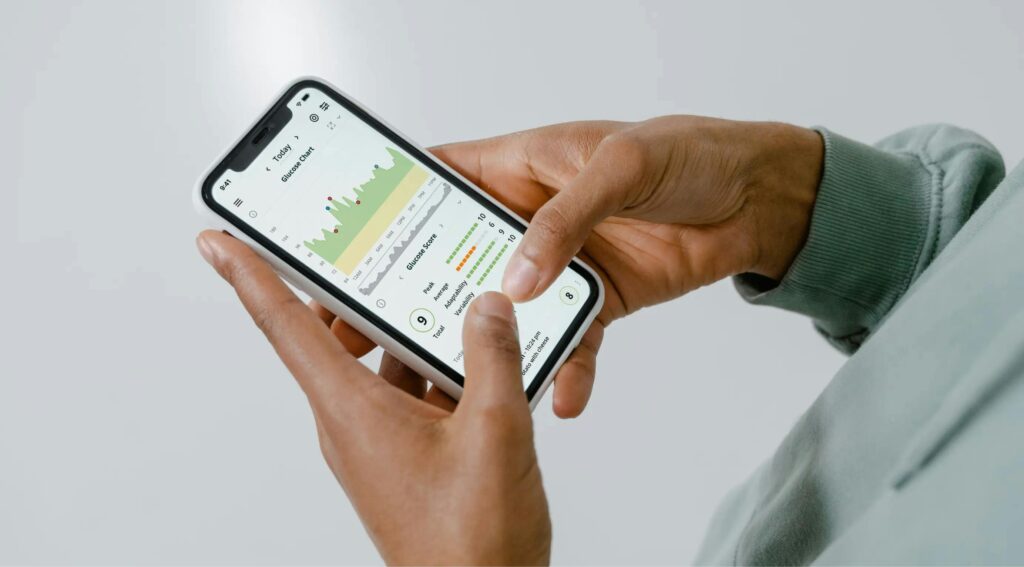
The gamification of healthcare
Nothing engages patients like an interactive experience! As connected devices become more common in our daily lives, gamification emerges in 2025 as the next step. It’s no longer just about displaying simple graphs—the challenge now is to implement games, rewards, and challenges that motivate users daily.
This e-health trend is particularly relevant to physical rehabilitation, chronic disease management, and healthier lifestyle adoption. For instance, weight loss or rehabilitation programs offer level-based progression to maintain motivation.
CES 2025 showcased this type of device with the Circular Ring 2, an advanced smart ring incorporating an advanced electrocardiogram. Beyond data tracking through a virtual assistant, users earn reward points for their efforts, which can then be used to unlock benefits.
4. The hospital of the future, between immersions and robotics: a major e-health trend in 2025
Surgical robotics and automated care
Robotics is emerging as a major revolution in hospitals. Surgical robots perform operations with unparalleled precision, reducing error risks and shortening patient recovery times. By 2025, these technologies will be more prevalent in operating rooms and accessible to more healthcare facilities.
One example is Judet 4.0, an i-Nov innovation competition winner, which focuses on preoperative surgical planning for complex fractures using augmented reality glasses.
Similarly, French medtech startup BCV, also an i-Nov winner, has developed GECKO+, a robot-compatible mechatronic catheter system with real-time imaging guidance.
On a more playful note, do you remember the humanoid robots Miroki and Miroka? Noticed at Vivatech 2023, 500 robots should be built by 2025 to assist healthcare professionals in medical facilities. You might even see them in action near you!
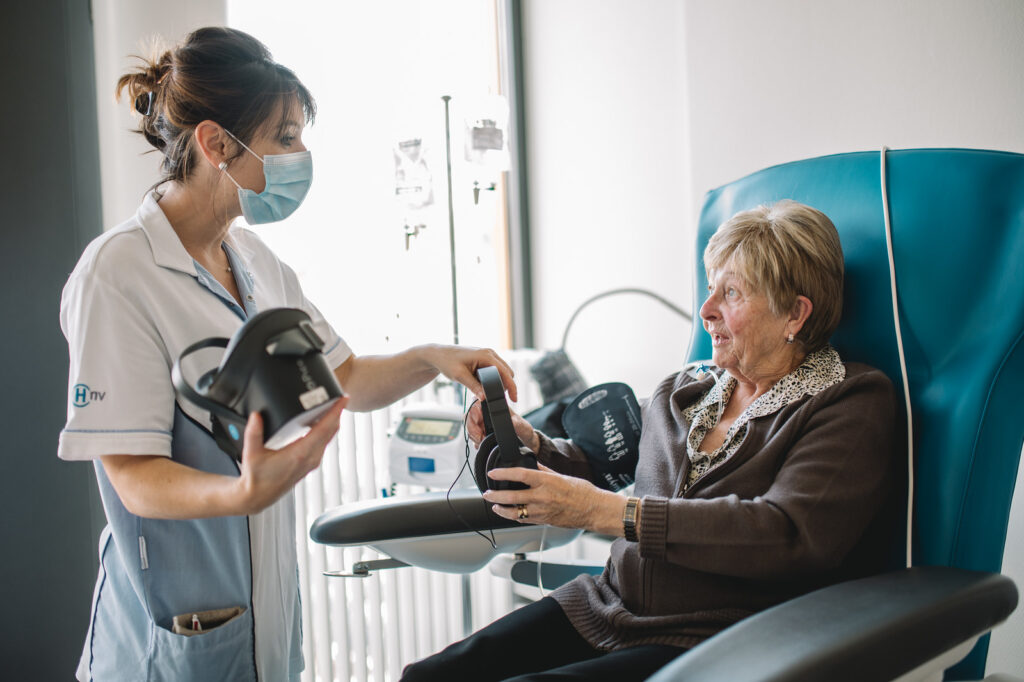
Integration of virtual reality into the hospital environment
Since research on virtual reality began in the 1990s, its therapeutic potential has continued to evolve. Initially limited by expensive and cumbersome equipment, the technology has rapidly gained in autonomy and reliability. Today, it is being deployed across various hospital departments, including medical imaging, dialysis, pediatrics, gynecology, dentistry, palliative care or colonoscopy.
By immersing users in soothing virtual environments, Healthy Mind’s virtual reality significantly reduces pain and anxiety associated with medical procedures. As you will see in our section dedicated to clinical research, studies confirm the success of its use for both patients and healthcare professionals.
In some cases, virtual reality can even reduce the need for general anesthesia, providing a safe and comfortable non-pharmacological alternative. This technological advancement represents a major step forward in modernising hospital practices and enhancing patient well-being.
5. Emotional measurement through a neurofeedback solution: an innovative e-health perspective
Winner of the i-Nov competition, Healthy Mind has been developing a product combining neuroscience and artificial intelligence for several years: Neuromind. The result of a collaboration with the Paris Brain Institute, this device uses non-invasive sensors (EEG, ECG and eye tracking) to measure brain activity in real time and identify precise emotional biomarkers.
Using machine learning algorithms, the collected data dynamically adjusts the virtual environment in order to guide the user toward a target state, such as mindfulness.
By providing closed-loop feedback, Neuromind opens new perspectives for therapy, research, and treatment optimisation. This innovation perfectly illustrates how neurofeedback has the potential to transform the e-health landscape in 2025.
With AI’s precision, genomics-driven personalization, preventive connected devices, and the soothing effect of immersive technologies, digital health is undergoing a massive transformation. These major e-health trends for 2025 promise to not only improve care efficiency, but also to make the patient experience more accessible, personalised and engaging, placing well-being at the heart of medical transformation. If you would like to see a demonstration of our virtual reality environments or immerse yourself in the world of our neurofeedback solution, don’t hesitate to contact our teams!
Sources :
- Government press kit, France 2030;
- French National Institute for Health and Medical Research (Inserm), Intelligence artificielle et santé, des algorithmes au service de la médecine;
- Dossier from Bpifrance, Médecine: comment l’AI transforme les soins de santé;
- Press kit from the National Human Genomics Research Centre, Technologies de la génomique pour la médecine personnalisée;
- Diagnostic Médical et Intelligence Artificielle : Enjeux Éthiques. Joint opinion of the CCNE and the CNPEN, Opinion 141 of the CCNE, Opinion 4 of the CNPEN. November 2022.
